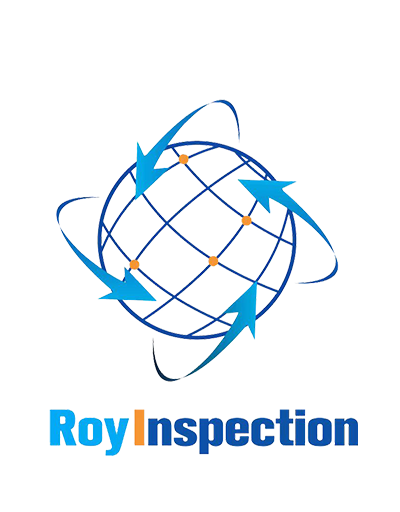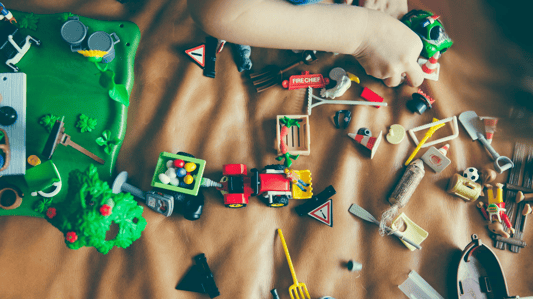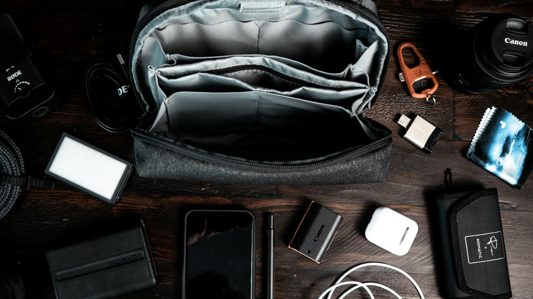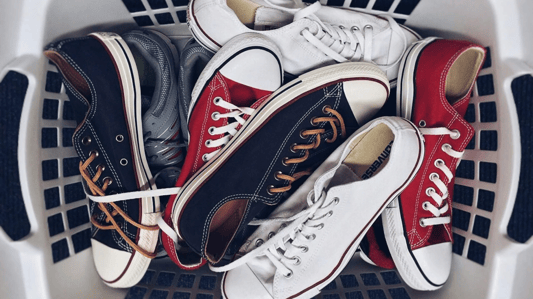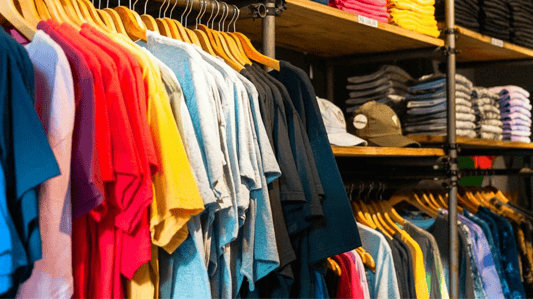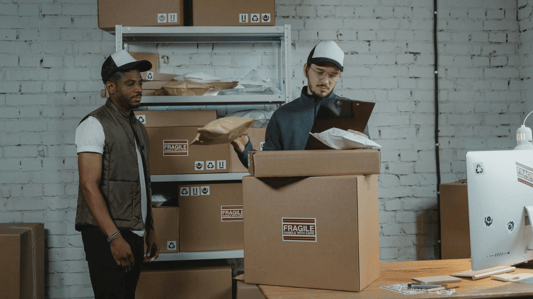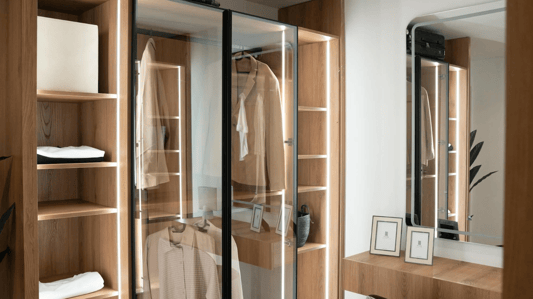IntroductionParents want to ensure that the toys they give to their children are safe and high quality. This is where Toys Quality Control Inspection comes into play. It is an essential process to ensure that toys meet safety standards and are free from defects. In this article, we will discuss different aspects of toys quality control inspection.The Purpose of Toys Quality Control InspectionThe purpose of toys quality control inspection is to check the quality and safety of toys. Toys are tested for durability, strength, and the ability to withstand wear and tear. Quality control inspection also ensures that toys are free from any harmful materials that could cause harm to children.The Importance of Toys Quality Control InspectionToys quality control inspection plays a crucial role in ensuring that children are safe when playing with toys. The inspection process helps to detect defects, hazards, and potential safety issues. By preventing defective toys from reaching the market, toys quality control inspection helps to prevent accidents and injuries caused by unsafe toys.The Inspection ProcessThe inspection process usually involves a series of checks and tests to ensure that the toys meet safety standards. The inspection team checks the materials and finishes used in the toys, the consistency of the design, and the functionality of the toys. Toys are also tested for strength, durability, and the ability to withstand extreme temperatures and moisture.Testing FacilitiesToys quality control inspection is conducted in specialized testing facilities that have the necessary equipment and expertise to conduct the tests. These facilities are equipped with specialized tools such as pull testers, impact testers, and electrical testers that are used to check the safety and conformity of the toys.Toy Certification StandardsToy certification standards vary depending on the country or region of manufacture. The most common certification standards are EN 71, ASTM F963, and CPSIA. These standards set out minimum safety requirements for toys, including mechanical and physical properties, flammability, and toxicity testing.Cost of Toys Quality Control InspectionThe cost of toys quality control inspection depends on the type of testing required and the number of toys to be tested. Testing costs may vary depending on the complexity of the test and the equipment used. The cost of testing may be passed on to the consumer in the form of higher prices.Quality Control Inspection for Imported ToysImported toys must be subjected to quality control inspection to ensure that they meet the safety requirements of the importing country. Importers must ensure that the toys they import comply with the relevant safety standards and regulations. Failure to comply with safety standards can result in the toys being confiscated or banned from the market.ConclusionToys quality control inspection is an essential process in ensuring that toys are safe for children. It helps to prevent accidents and injuries caused by defective or unsafe toys. Parents can be assured that the toys they purchase for their children have undergone rigorous testing to ensure their safety.Quote InquiryIf you have any questions, please let us know asap!
